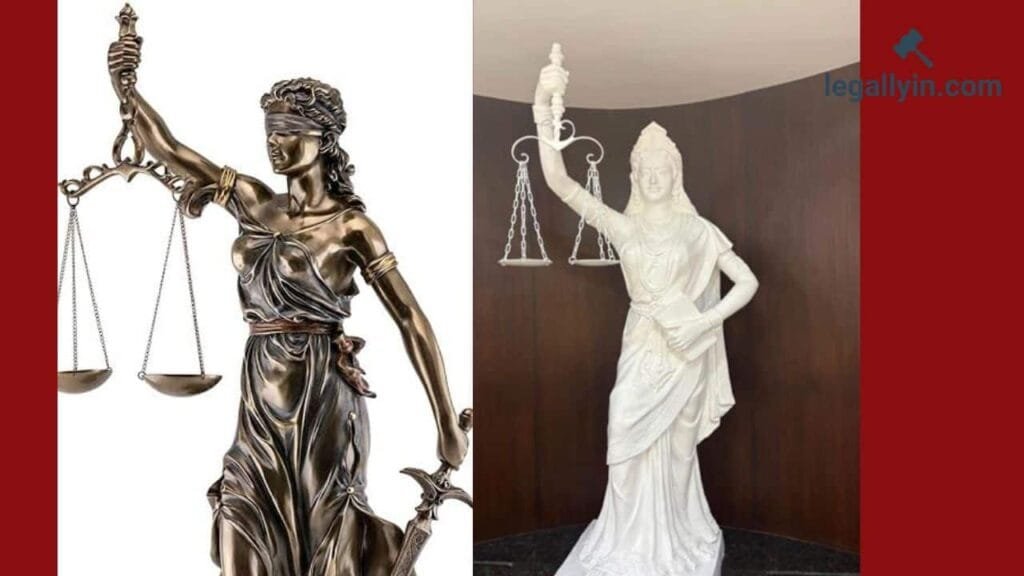Why the Indian Lady Justice statue was changed?
The recent change to the Indian statue of Lady Justice has caught people’s attention because it looks quite different now. Normally, Lady Justice is shown with a blindfold, scales, and a sword. But in the new statue at the Supreme Court of India, the blindfold is missing. This has led to a lot of debate.
Some people are worried that without the blindfold, it might mean justice won’t be as fair or impartial as before. They think the blindfold was important because it showed that justice should treat everyone equally without bias. On the other hand, those who support the change believe that removing the blindfold is a good thing. They say it shows that justice should be alert and aware of real-world issues, like social inequalities, and not ignore the challenges people face in society.
Let’s discuss this through these common questions:
1. Why was it changed?
The change was made to show that justice isn’t just about following old traditions, but also about being relevant in today’s world and responding to real problems in society.
2. Why hold the Constitution instead of a sword?
Instead of holding a sword, which shows power to punish, the new statue holds the Indian Constitution. This change is to show that in India, justice is based on the law and the rights in the Constitution, not just on punishment.
3. Why no blindfold?
Lady Justice is usually blindfolded to show that she treats everyone equally, without looking at who they are. The new statue doesn’t have a blindfold to show that justice should pay attention to the realities of society—like people’s struggles and inequalities—instead of ignoring them.

4. Does this mean justice will be unfair?
No, removing the blindfold doesn’t mean justice will be unfair. It means justice should be aware of what’s happening in the real world and try to be more understanding of people’s different situations, while still being fair to everyone.
The updated statue could be interpreted as an attempt to suggest that justice in India aims to be both fair and context-aware, not bound by a rigid sense of impartiality that ignores societal realities. The scales of justice, which remain in the statue, continue to signify balance and fairness, which are core principles of any justice system
READ MORE : As CJI Chandrachud Retires, New CJI Justice Sanjiv Khanna Prepares to Take Charge
Bar Council of India Recommends Stipend for Junior Lawyers: Rs 20,000 for Urban, Rs 15,000 for Rural
